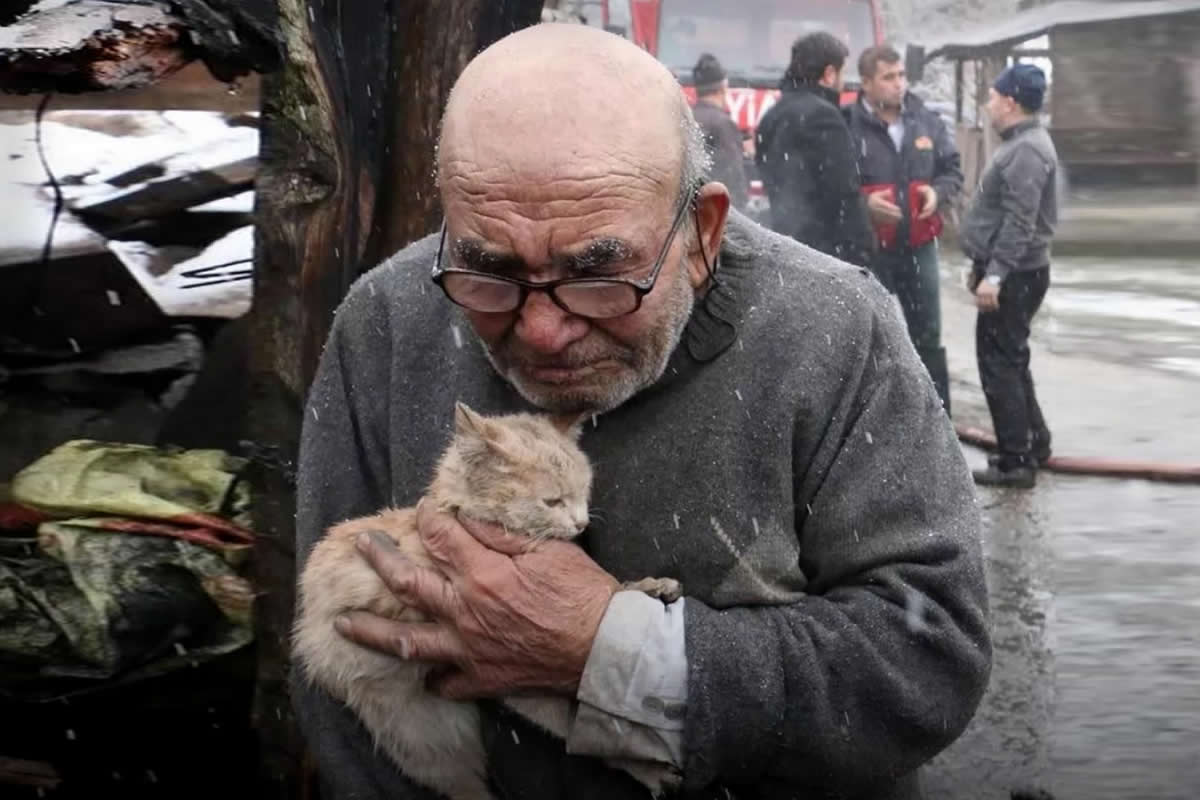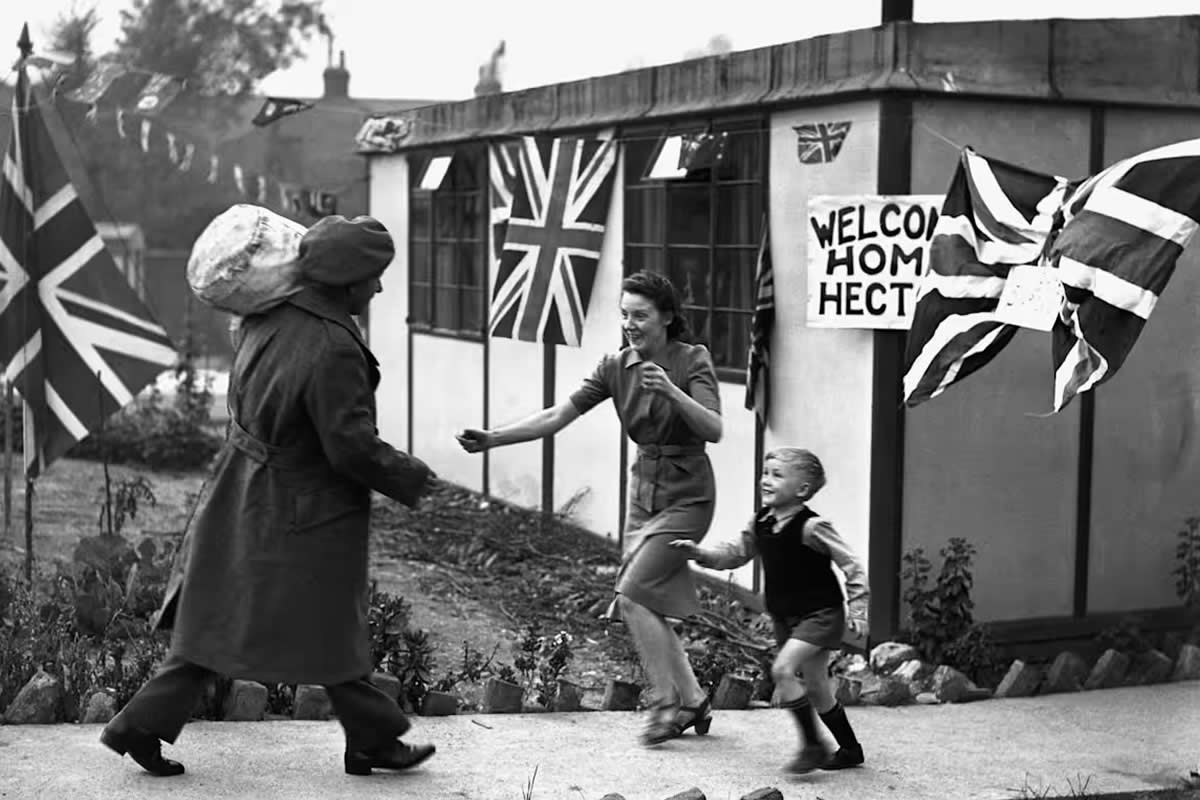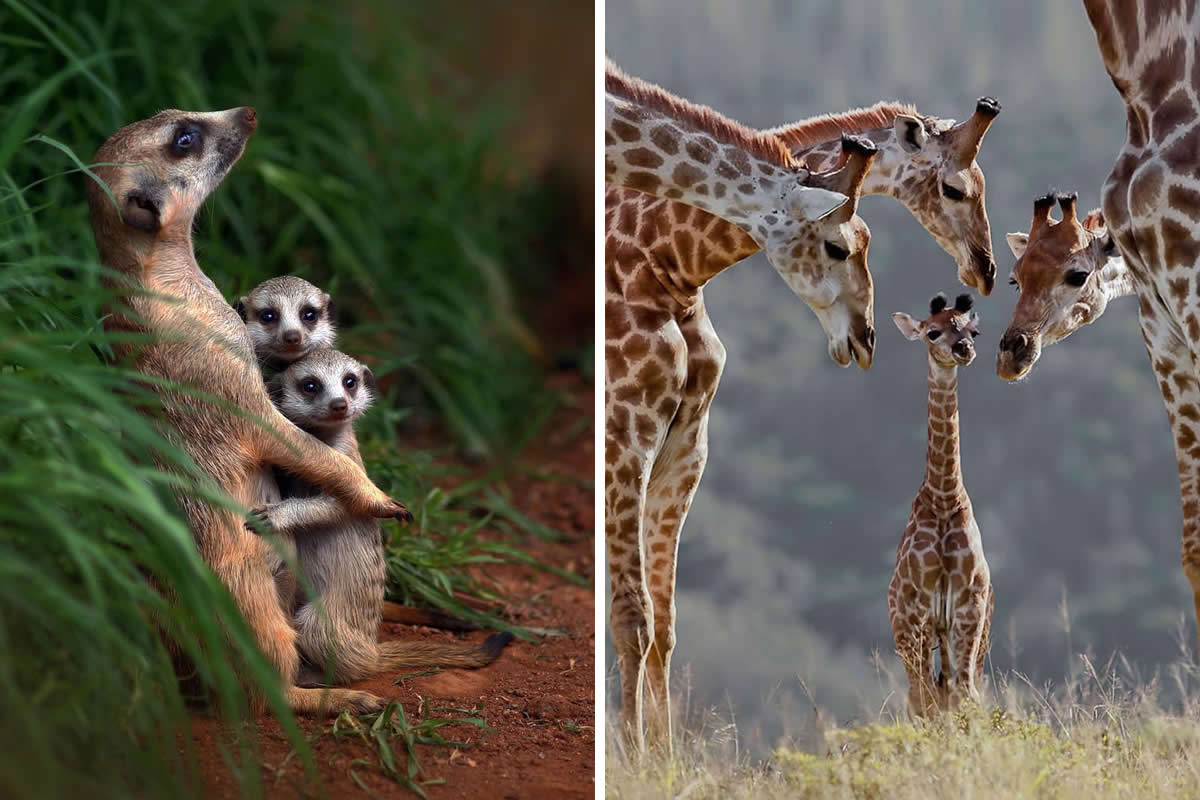W. Eugene Smith is widely regarded as one of the greatest photojournalists in the history of photography. Known for his uncompromising dedication to truth and human emotion, Smith elevated the medium of photo essays into a powerful tool for storytelling. Born in Wichita, Kansas, in 1918, his career spanned pivotal moments of the 20th century—from the brutality of World War II to the quiet dignity of rural American life. What set Smith apart was his insistence on emotional depth, technical precision, and ethical integrity in every frame he captured. He believed that a photograph should do more than document—it should make the viewer feel, think, and act.
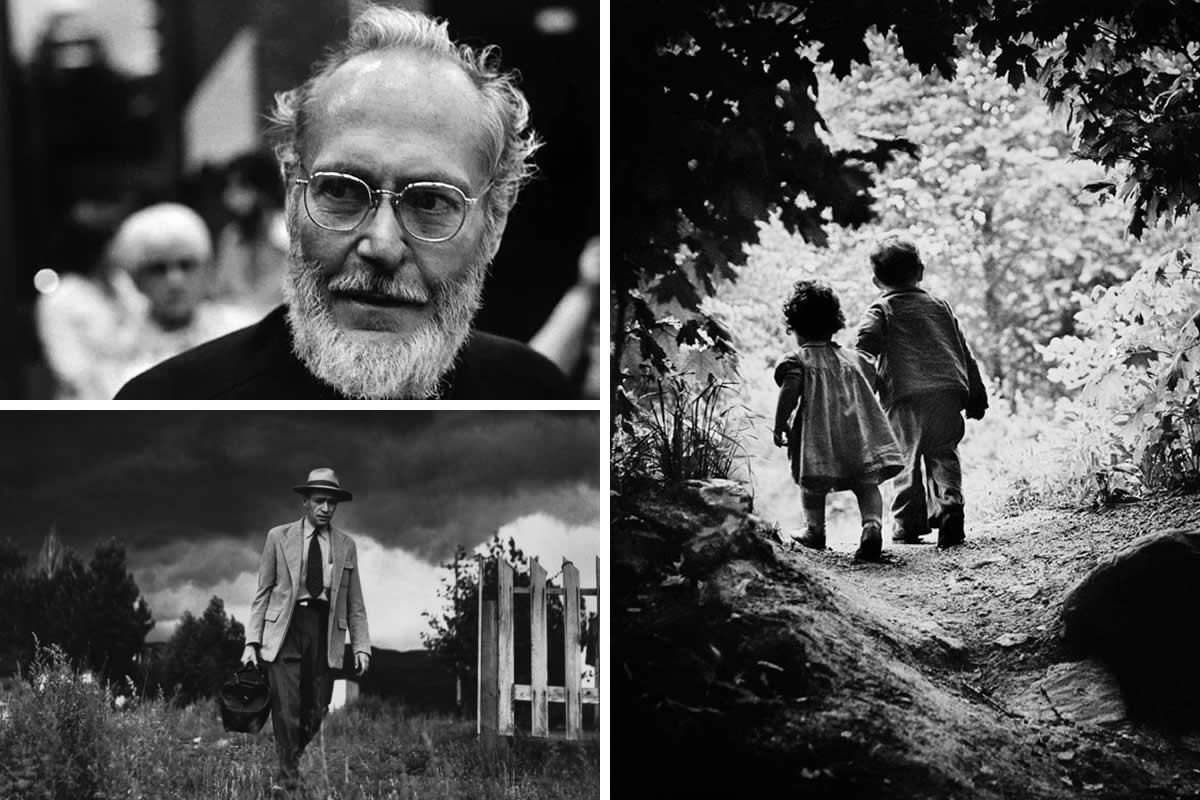
Smith’s work for Life Magazine, particularly his extended essays like Country Doctor and Nurse Midwife, transformed how audiences understood the power of visual journalism. He was not merely capturing events; he was immersing himself in lives, often at great personal cost.
Smith’s intense working style, combined with his passion for perfection, often led to clashes with editors and publishers. Yet, it was this very intensity that allowed him to produce some of the most iconic and compassionate photographic work of his time. His legacy continues to influence photographers who seek not just to witness, but to tell the full story.
More infor about W.Eugene Smith:
#1
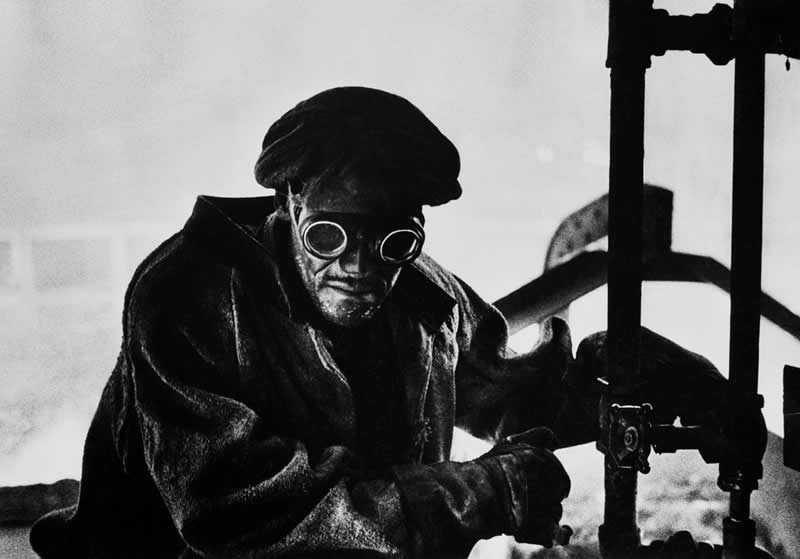
© W. Eugene Smith / Magnum Photos
#2
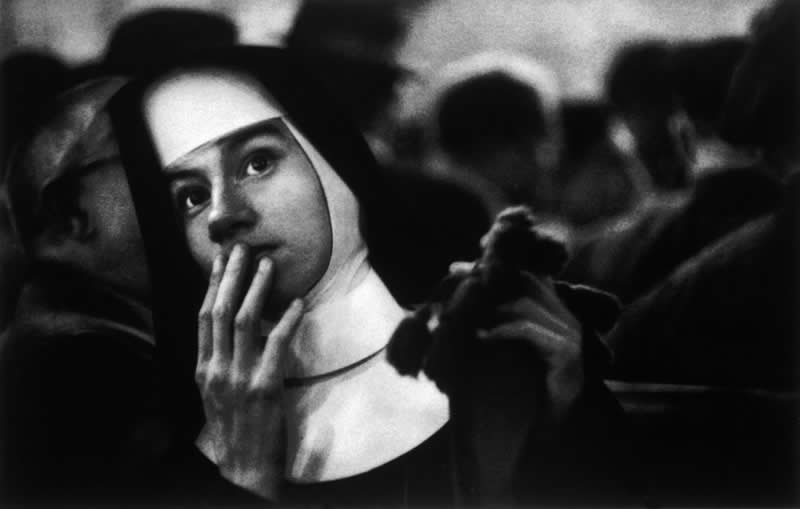
© W. Eugene Smith / Magnum Photos
#3
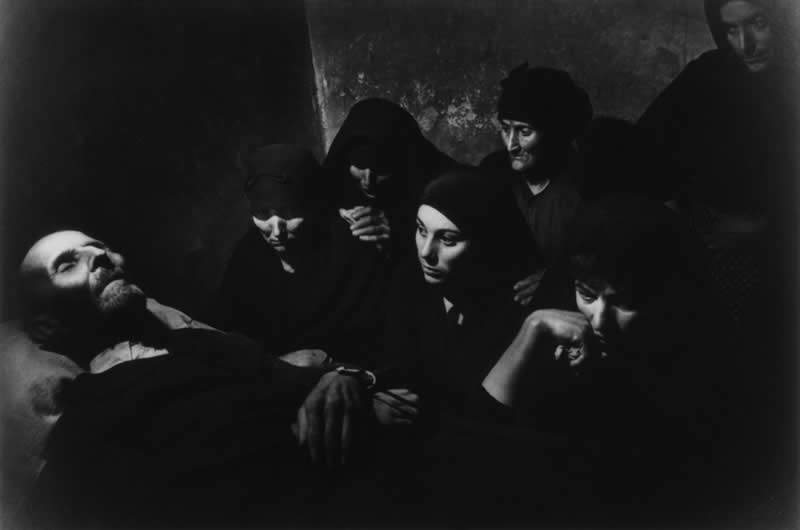
© W. Eugene Smith / Magnum Photos
Early Life and Introduction to Photography
W. Eugene Smith developed a fascination with photography at a young age. He began experimenting with cameras as a teenager in Wichita, supported by his mother, who encouraged his creative pursuits. His early images already showed signs of the sharp visual intuition and emotional sensitivity that would later define his career. After high school, he received a scholarship to study photography at Notre Dame but left early to pursue work with magazines.
Smith soon found assignments with publications like Newsweek and Life, where his ability to inject deep humanism into editorial work quickly stood out. His background in classical composition and lighting helped him craft images that balanced technical excellence with raw emotion. These foundational years laid the groundwork for his groundbreaking career in photojournalism.
#4
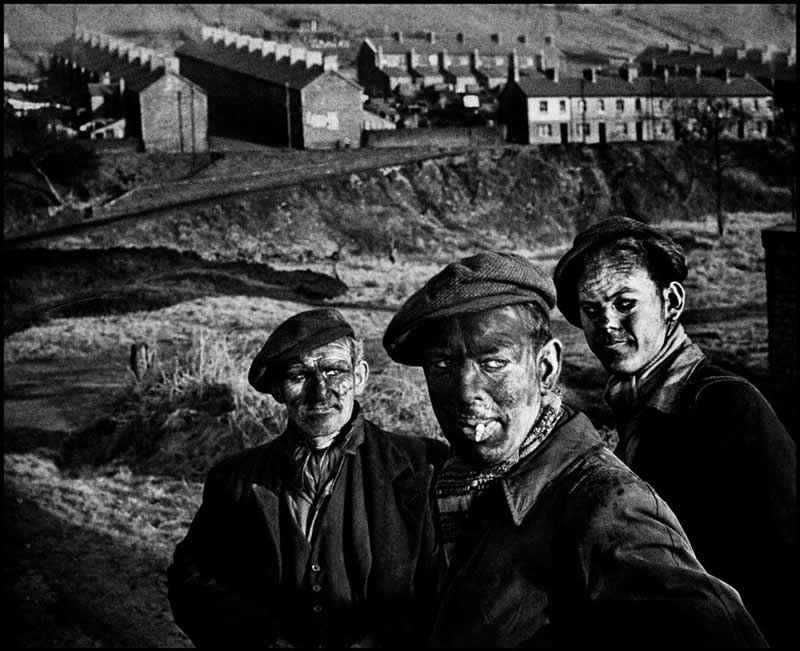
© W. Eugene Smith / Magnum Photos
#5
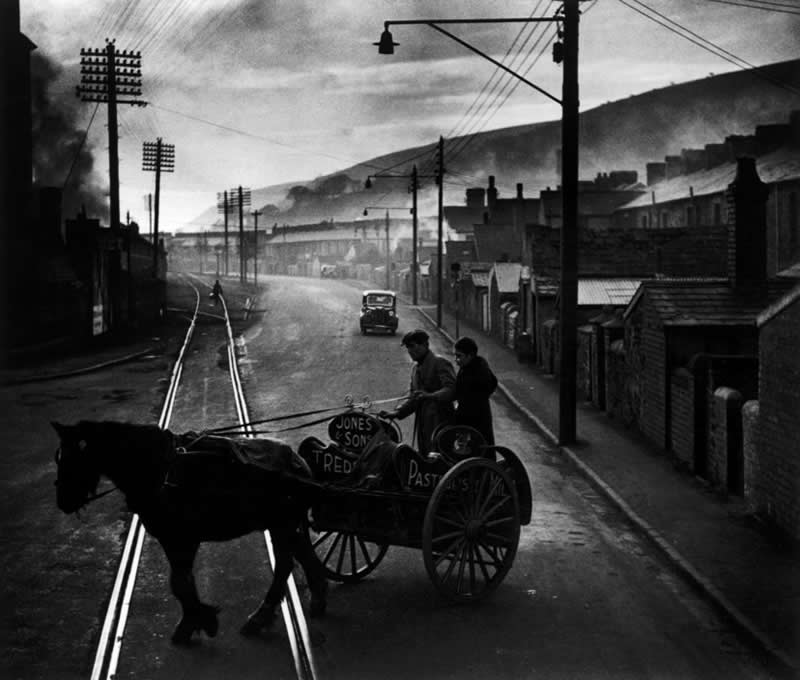
© W. Eugene Smith / Magnum Photos
#6
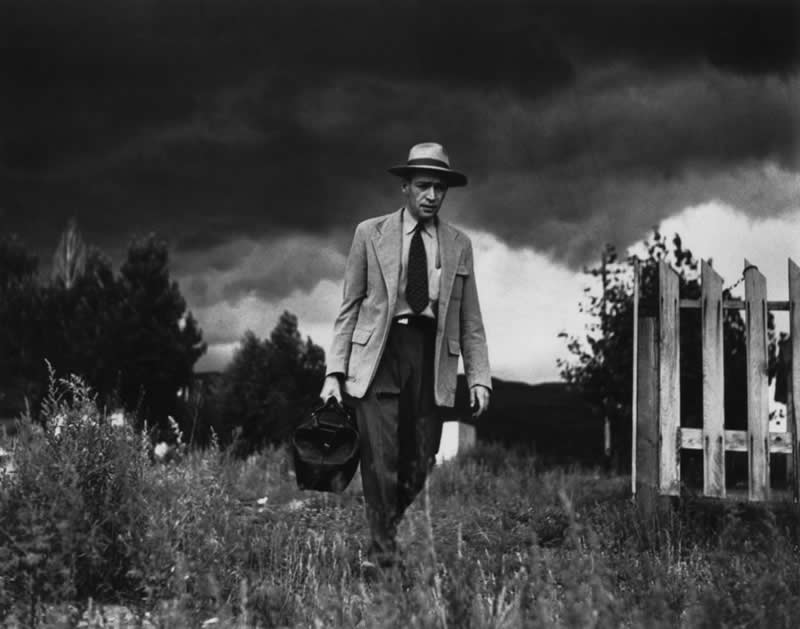
© W. Eugene Smith / Magnum Photos
War Photography and Personal Sacrifice
Smith’s reputation was firmly established during World War II, when he served as a combat photographer for Life Magazine. Embedded with American troops in the Pacific theater, he captured hauntingly honest depictions of war’s chaos and cruelty. His photograph The Walk to Paradise Garden—taken shortly after he was severely wounded in Okinawa—became an iconic symbol of hope.
Unlike many war photographers of his era, Smith focused less on the drama of combat and more on the psychological toll of war. He believed that images should provoke empathy and moral reflection, not just spectacle. The physical and emotional injuries he sustained during the war marked him for life, but they also deepened his resolve to use photography as a form of moral witness, rather than mere reportage.
#7
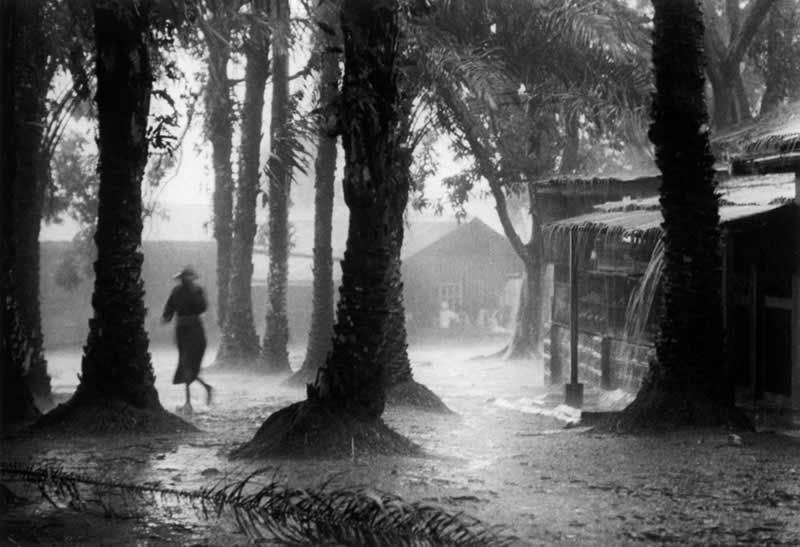
© W. Eugene Smith / Magnum Photos
#8
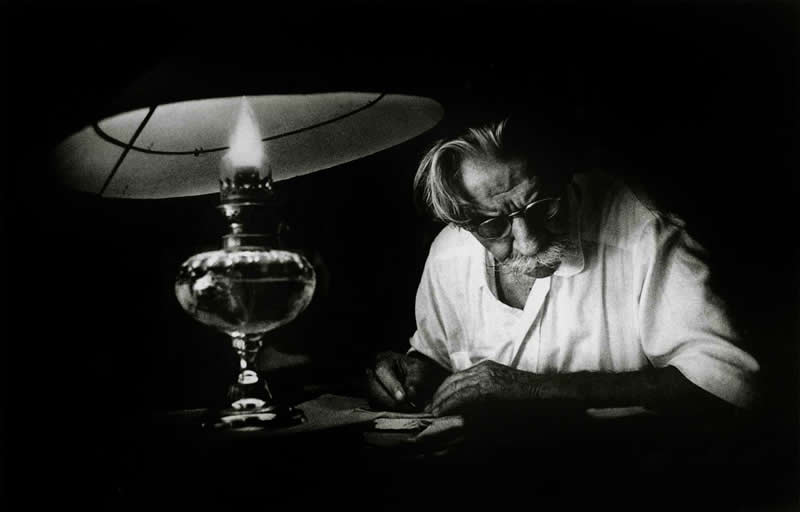
© W. Eugene Smith / Magnum Photos
#9
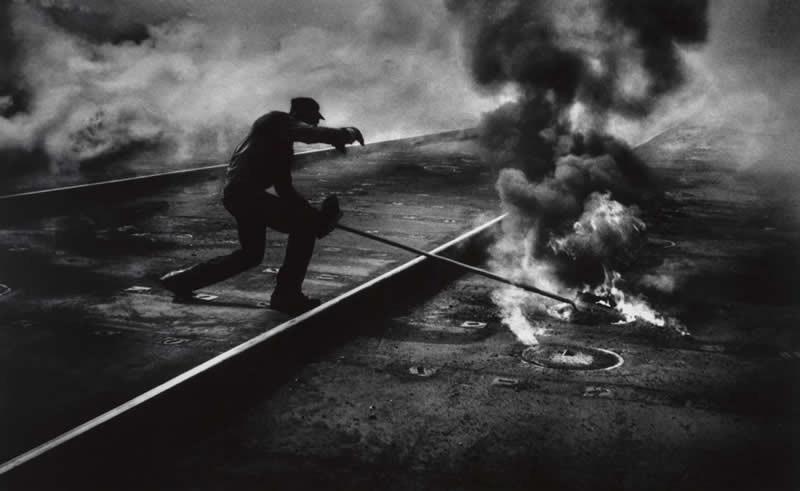
© W. Eugene Smith / Magnum Photos
The Photo Essay: Country Doctor and Beyond
In the post-war years, Smith pioneered the modern photo essay, redefining how stories were told through images. His 1948 photo essay Country Doctor followed Dr. Ernest Ceriani in rural Colorado and became a landmark in visual journalism. Through intimate, often unposed photos, Smith revealed the dedication, exhaustion, and humanity of a man devoted to his patients.
The essay was groundbreaking in how it combined narrative structure, emotional depth, and visual coherence. Smith followed this with equally powerful essays like Nurse Midwife, Spanish Village, and Pittsburgh Project, each immersing viewers in the lives of his subjects with remarkable sensitivity. His approach required time, trust, and total immersion—setting a standard for documentary photography that still resonates today.
#10
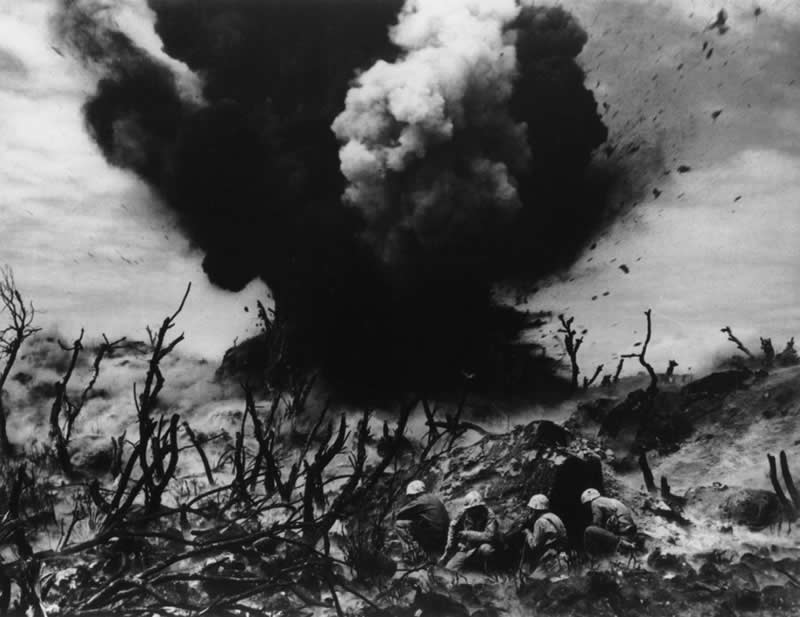
© W. Eugene Smith / Magnum Photos
#11
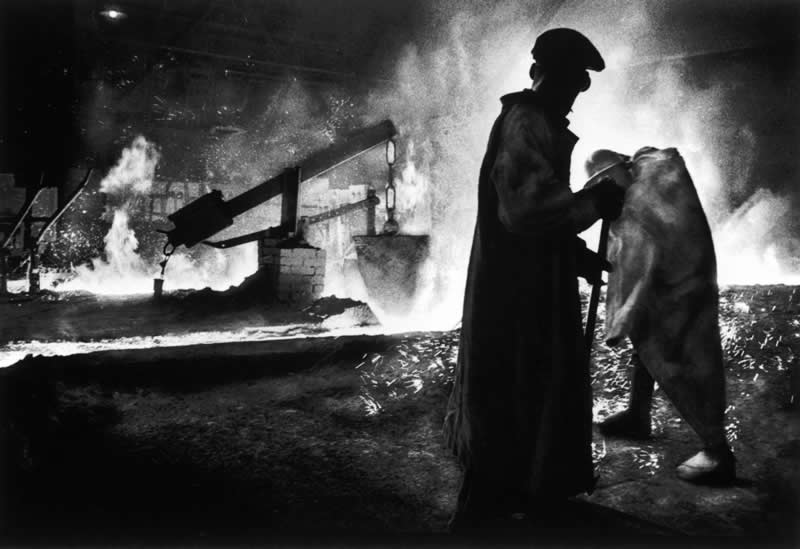
© W. Eugene Smith / Magnum Photos
#12
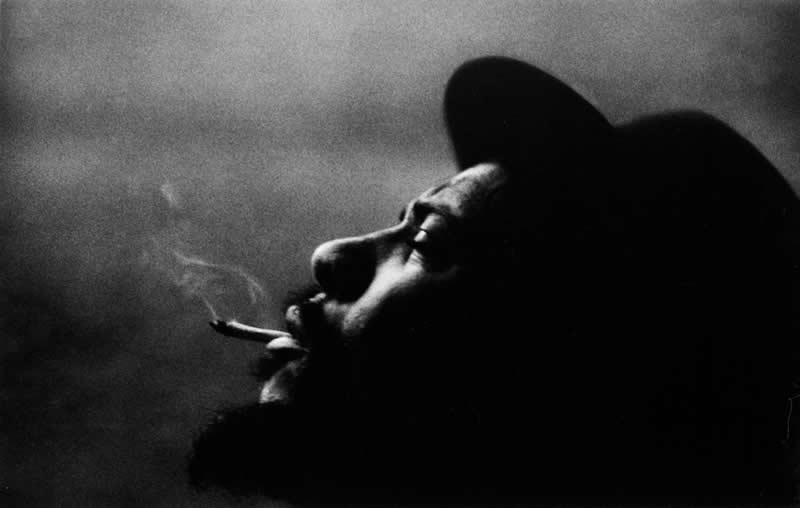
© W. Eugene Smith / Magnum Photos
Minamata: A Legacy of Advocacy
One of Smith’s most enduring and heartbreaking projects was the documentation of mercury poisoning in Minamata, Japan, during the early 1970s. Alongside his wife, Aileen Mioko Smith, he spent years documenting the devastating effects of industrial pollution on the local population. The resulting photo essay, Minamata, is one of the most powerful indictments of environmental injustice ever created.
The image of a mother bathing her disfigured daughter became an iconic symbol of corporate negligence and human suffering. Smith was physically assaulted by company thugs while working on the project, underscoring his unwavering commitment to truth. Minamata was not just photography—it was activism, storytelling, and ethical journalism rolled into one, and it cemented Smith’s reputation as a humanitarian photographer of the highest order.
#13
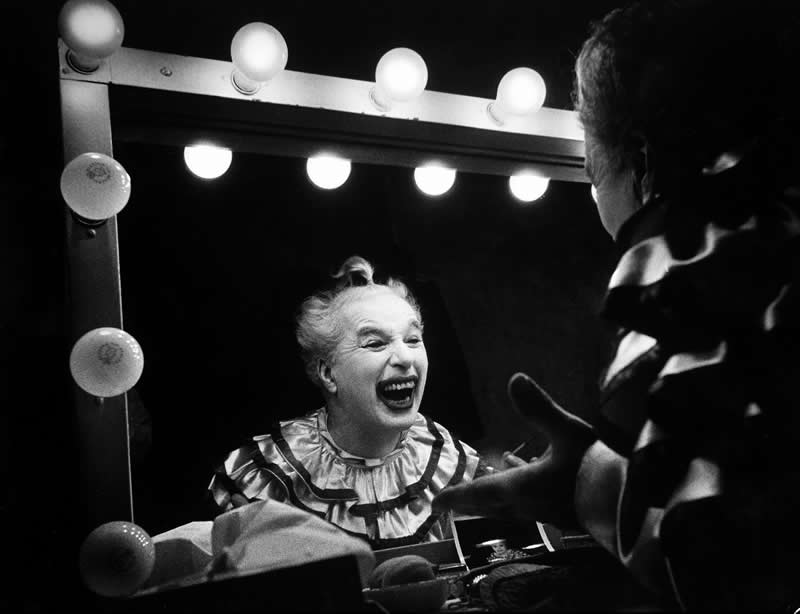
© W. Eugene Smith / Magnum Photos
#14
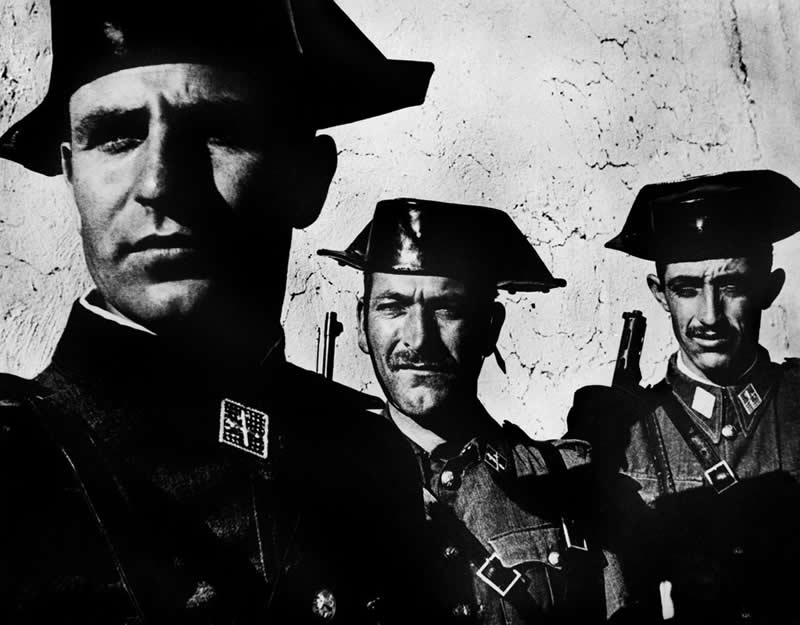
© W. Eugene Smith / Magnum Photos
#15
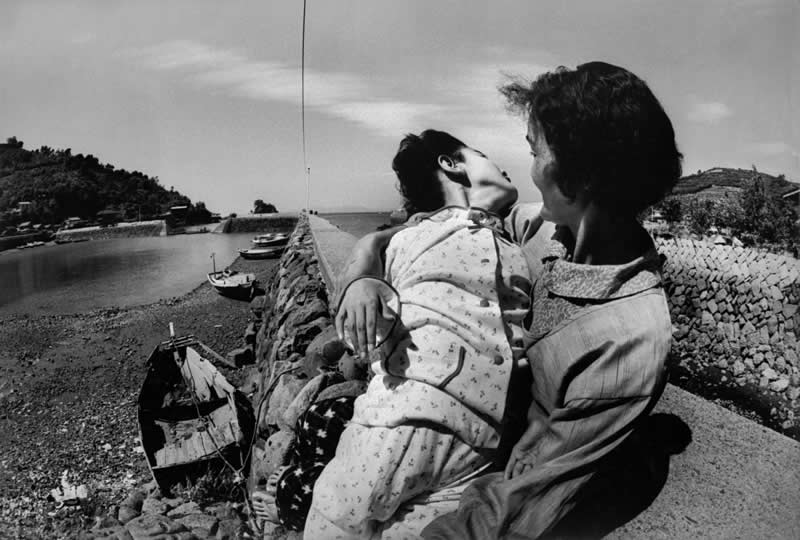
© W. Eugene Smith / Magnum Photos
Conflict with Editors and the Quest for Perfection
Smith’s relentless pursuit of artistic and moral integrity often brought him into conflict with editors, publishers, and corporate sponsors. He was infamous for missing deadlines, overshooting assignments, and demanding total control over how his work was edited and presented. While this made him a challenging figure within the industry, it also enabled him to push boundaries that others wouldn’t dare touch.
Smith believed that even one compromised image could distort the truth of an entire story. This uncompromising ethos made him a pioneer but also led to personal and financial hardship. Nevertheless, many of the photo essays that resulted from these battles are now considered masterpieces, standing as a testament to his belief that photography must serve a higher moral purpose.
#16
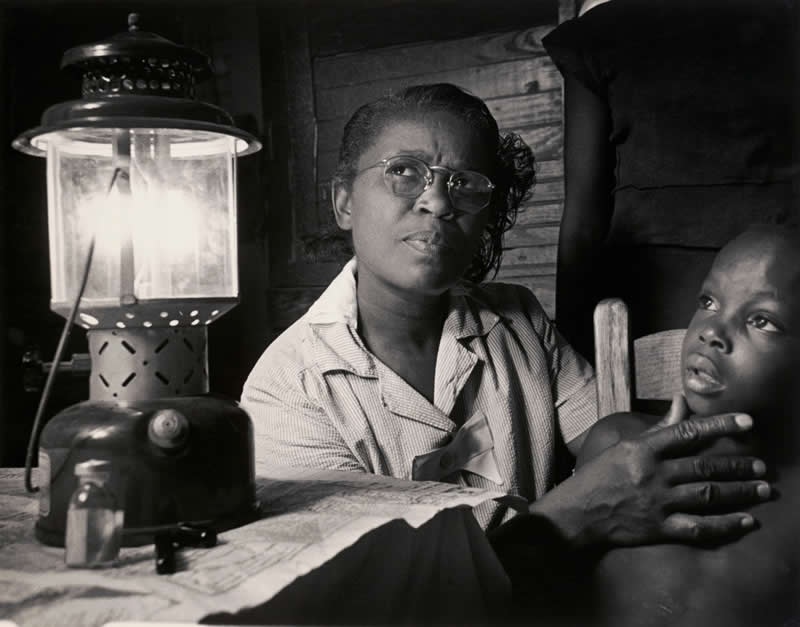
© W. Eugene Smith / Magnum Photos
#17
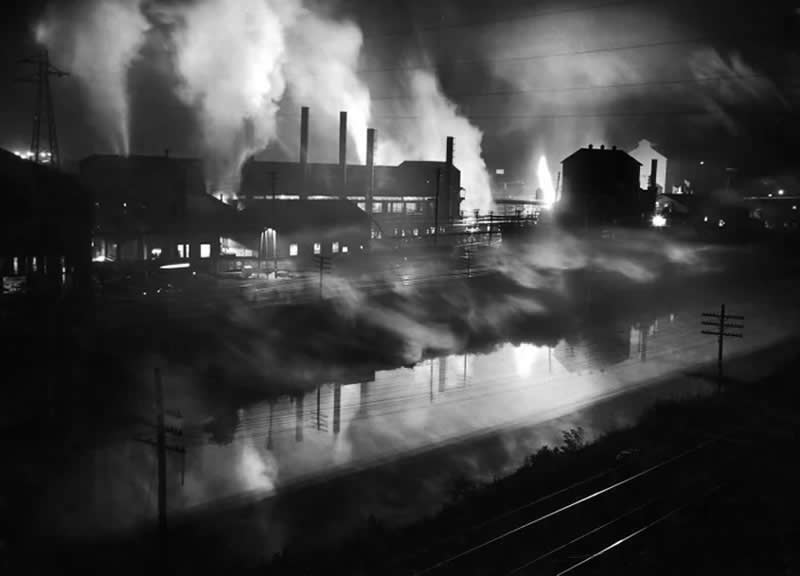
© W. Eugene Smith / Magnum Photos
#18
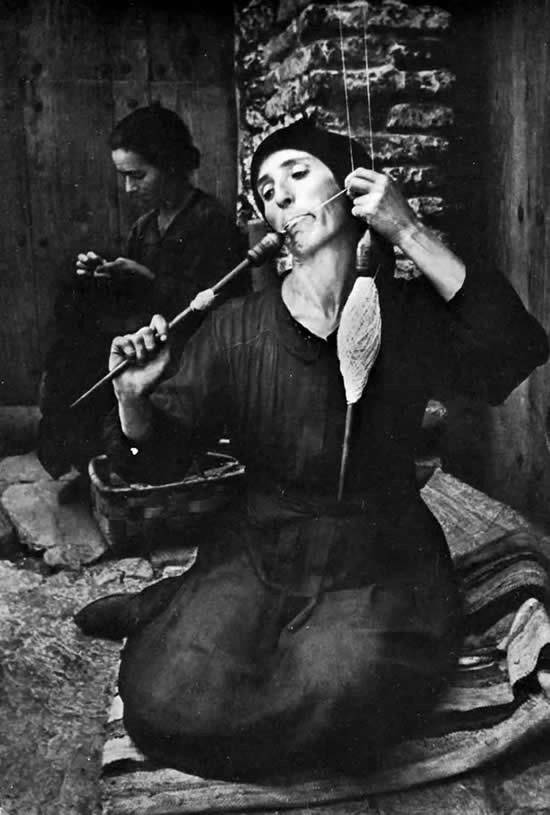
© W. Eugene Smith / Magnum Photos
Enduring Influence and Final Years
W. Eugene Smith passed away in 1978, but his influence on photography remains profound. His work has inspired generations of photojournalists, documentarians, and humanitarian artists who view the camera as both a tool and a responsibility. Smith’s insistence on truth, emotion, and narrative depth changed how the world sees photojournalism—not as a collection of random images, but as visual literature with the power to enlighten and transform.
In his final years, he continued mentoring young photographers and compiling his work, even as health and financial issues plagued him. Today, his legacy lives on through exhibitions, books, and the W. Eugene Smith Fund, which supports photographers who embody his spirit of compassionate storytelling.
#19

© W. Eugene Smith / Magnum Photos
#20
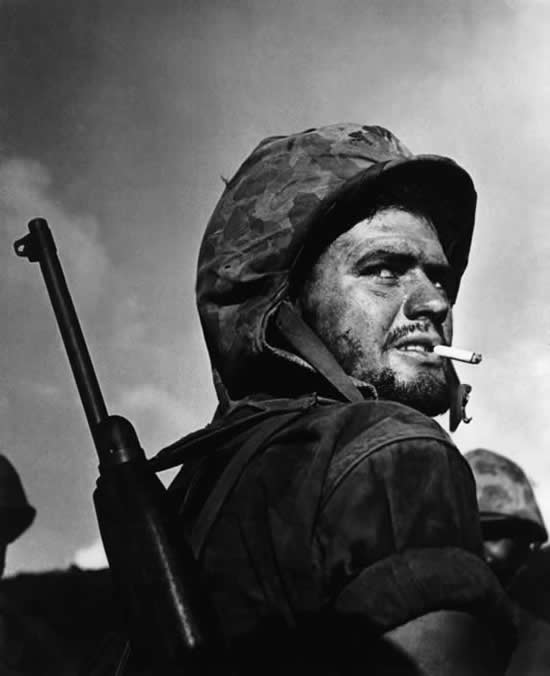
© W. Eugene Smith / Magnum Photos
#21
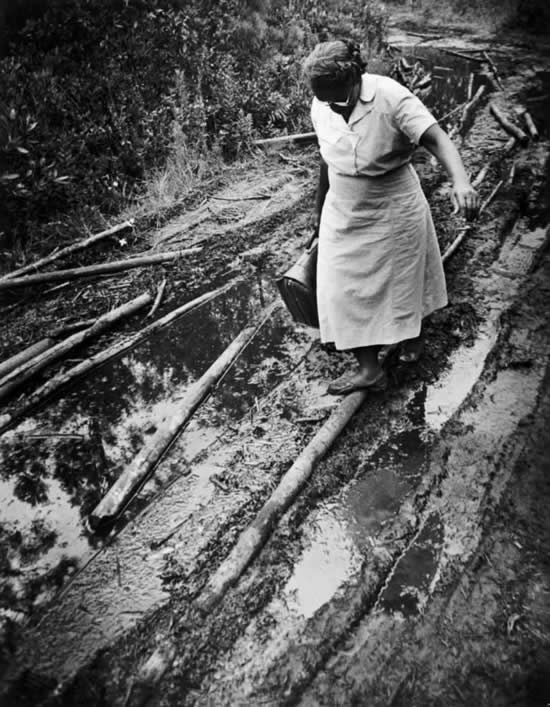
© W. Eugene Smith / Magnum Photos
Conclusion
W. Eugene Smith was more than a photographer—he was a visual storyteller, a truth-seeker, and a relentless advocate for human dignity. His images do not merely capture moments; they illuminate lives, provoke thought, and challenge indifference. Whether documenting the brutal realities of war, the quiet heroism of a country doctor, or the haunting consequences of industrial pollution, Smith approached each subject with deep empathy and unwavering integrity.
His legacy lies not only in the iconic photographs he left behind but also in the standards he set for what photojournalism can—and should—be. Smith believed that photography had the power to change hearts and minds, and he dedicated his life to proving it. In a world saturated with fleeting images, his work endures as a reminder of the power of compassion, commitment, and the enduring human spirit.
#22
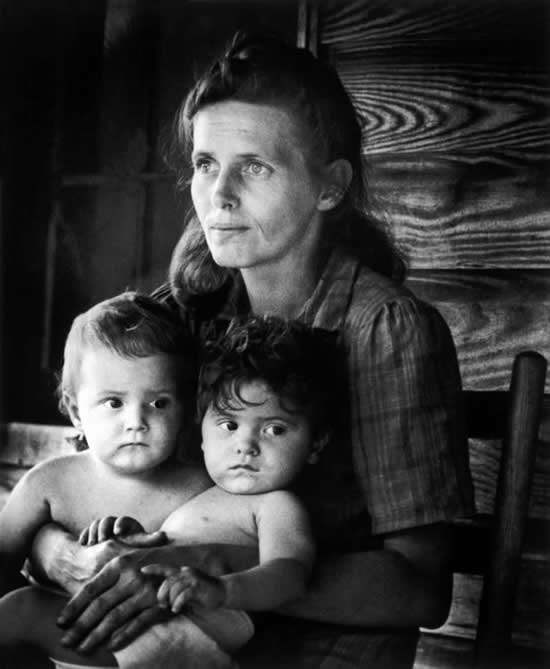
© W. Eugene Smith / Magnum Photos
#23
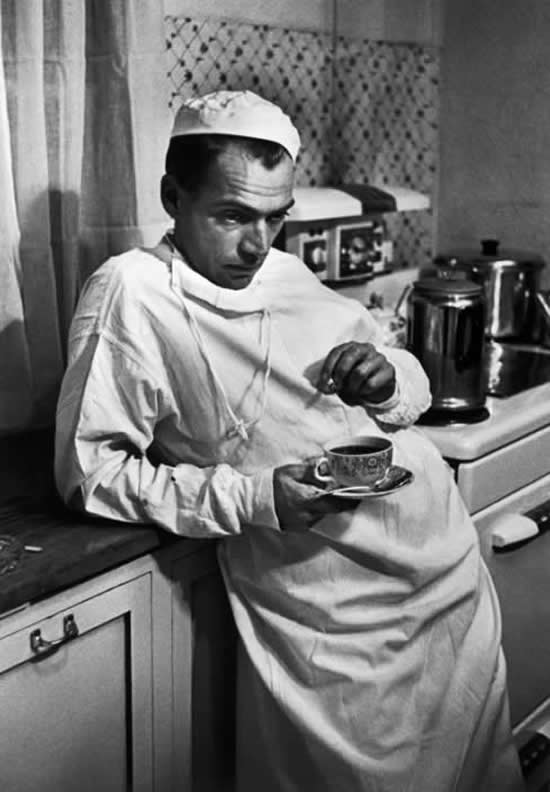
© W. Eugene Smith / Magnum Photos
#24
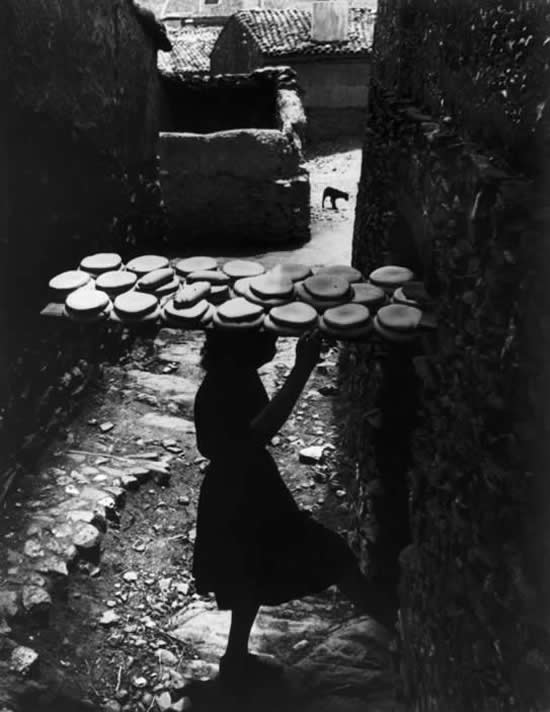
© W. Eugene Smith / Magnum Photos


